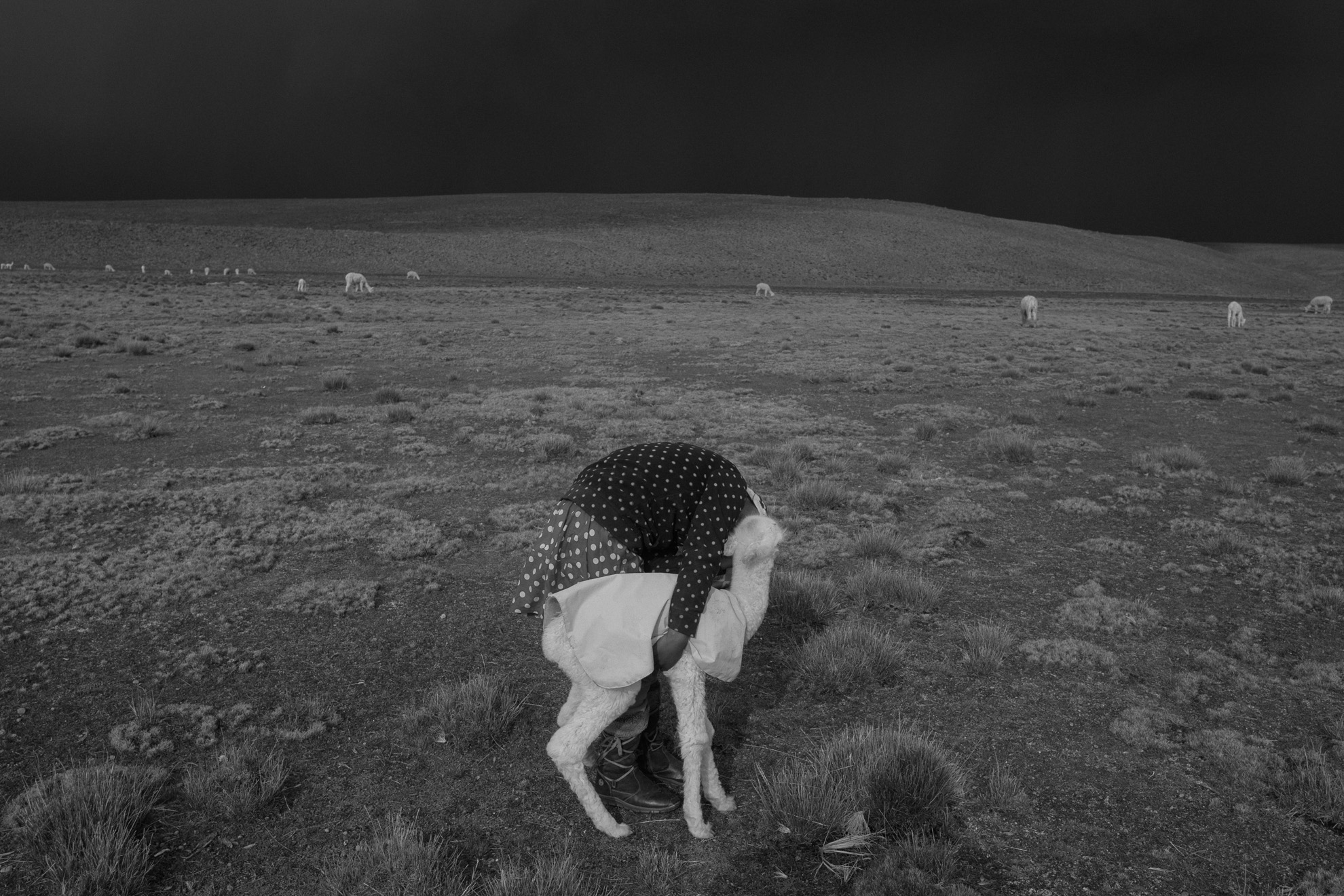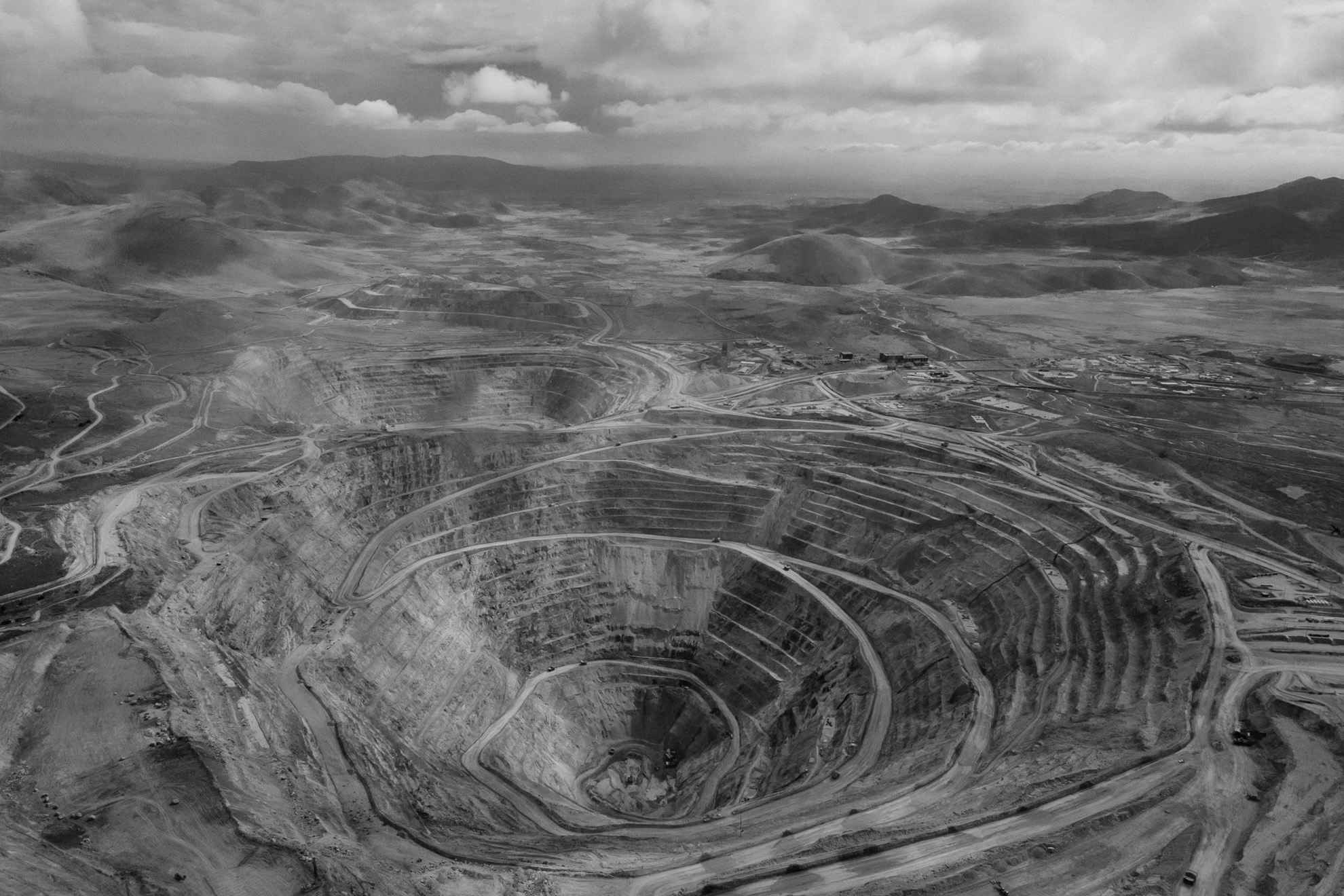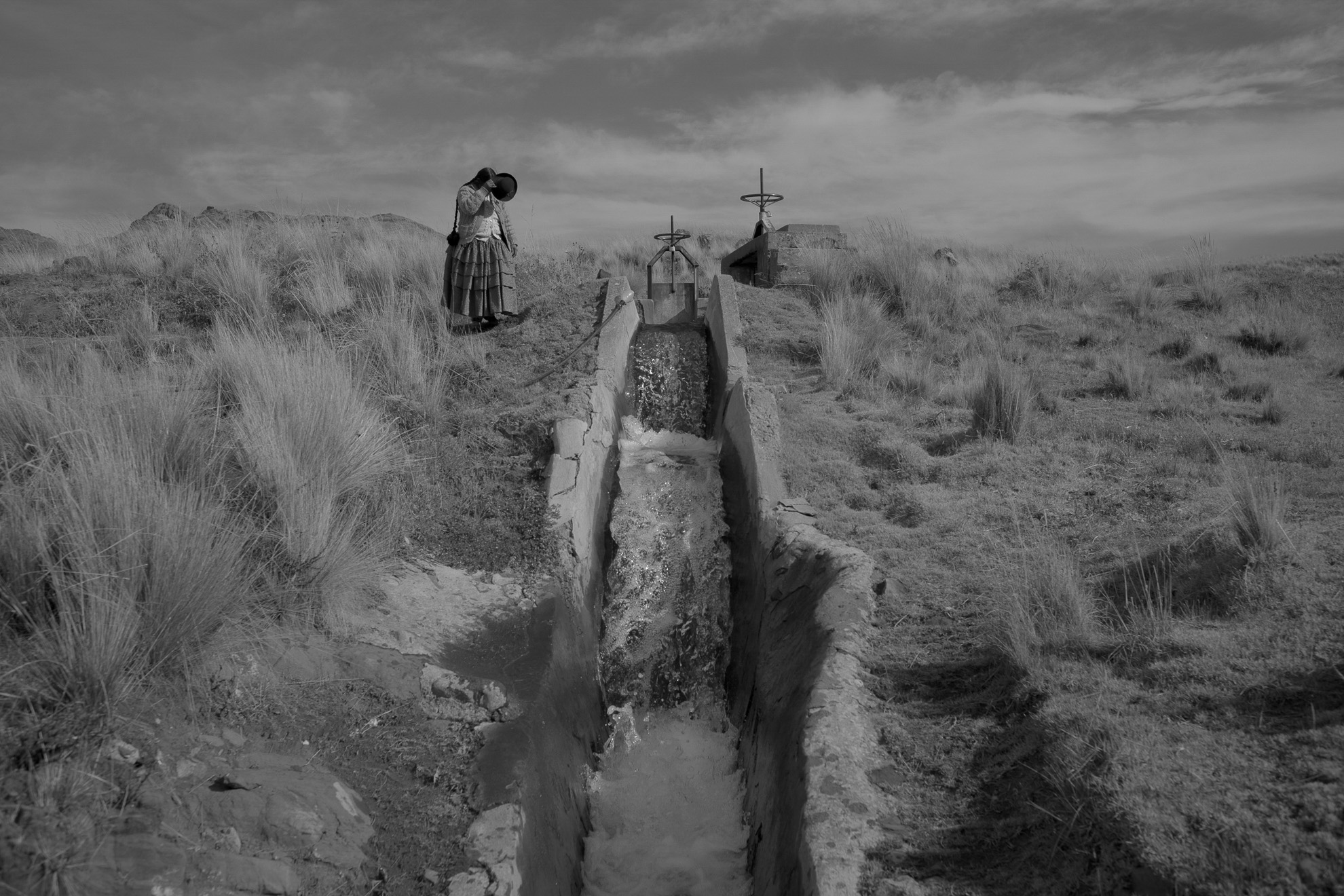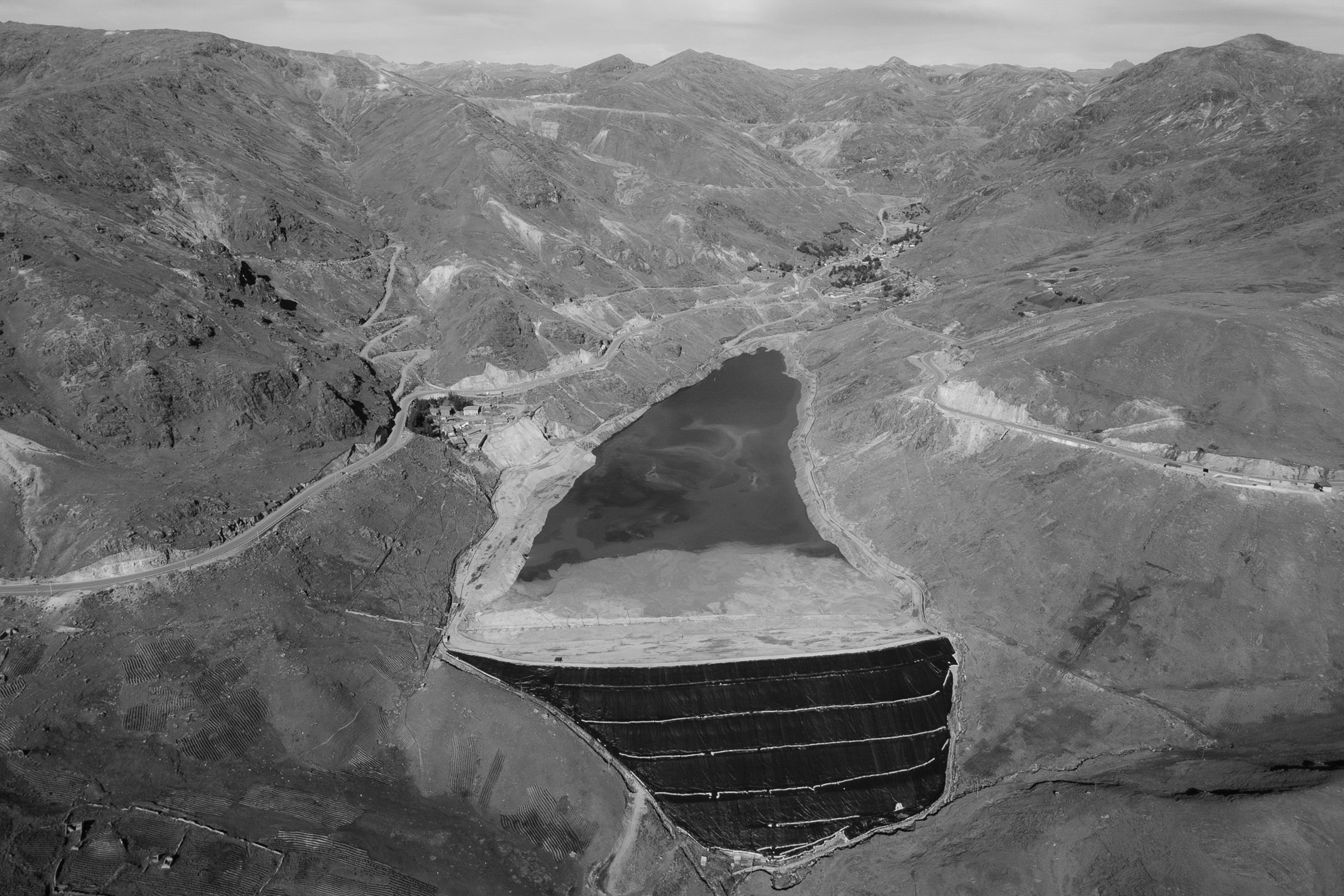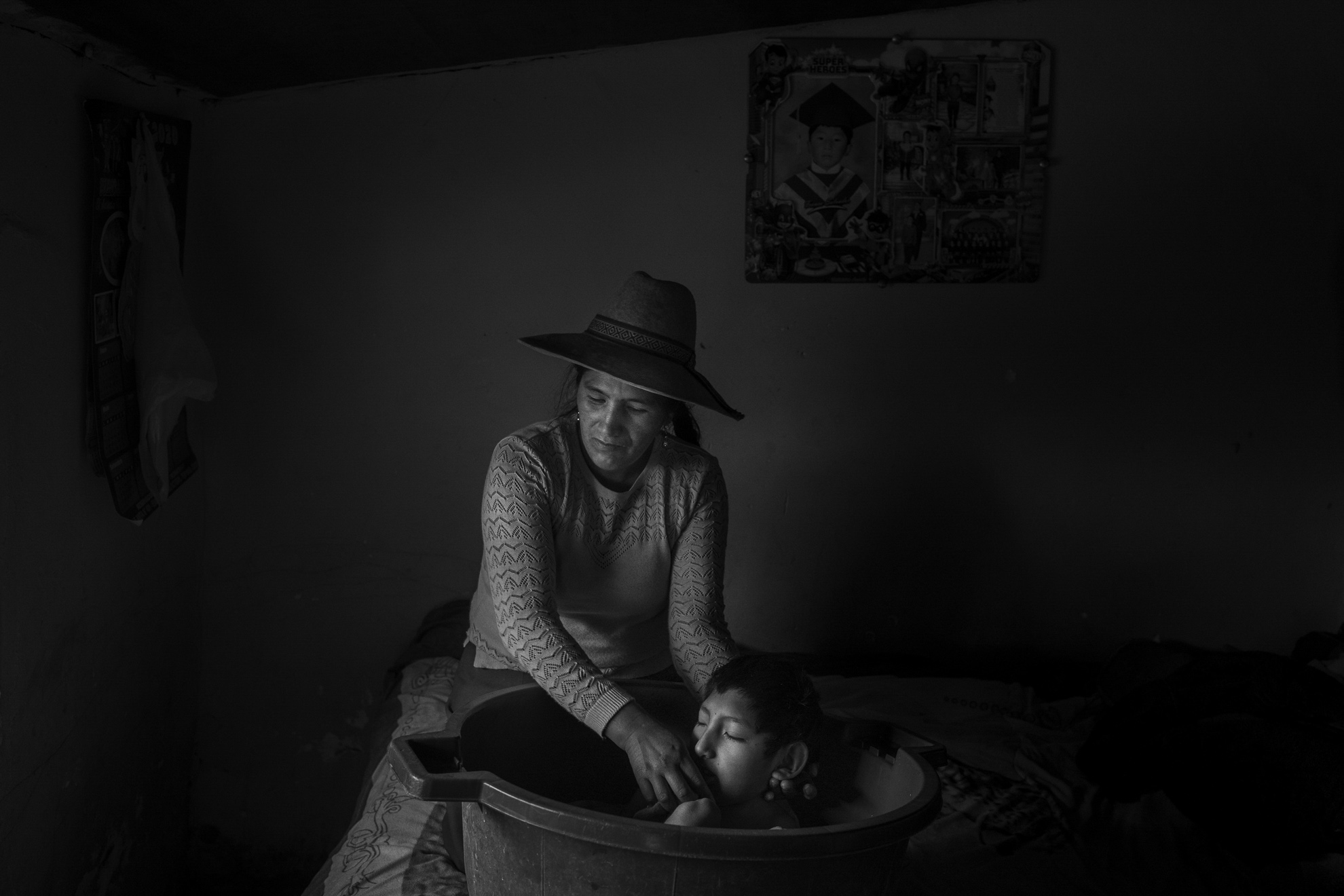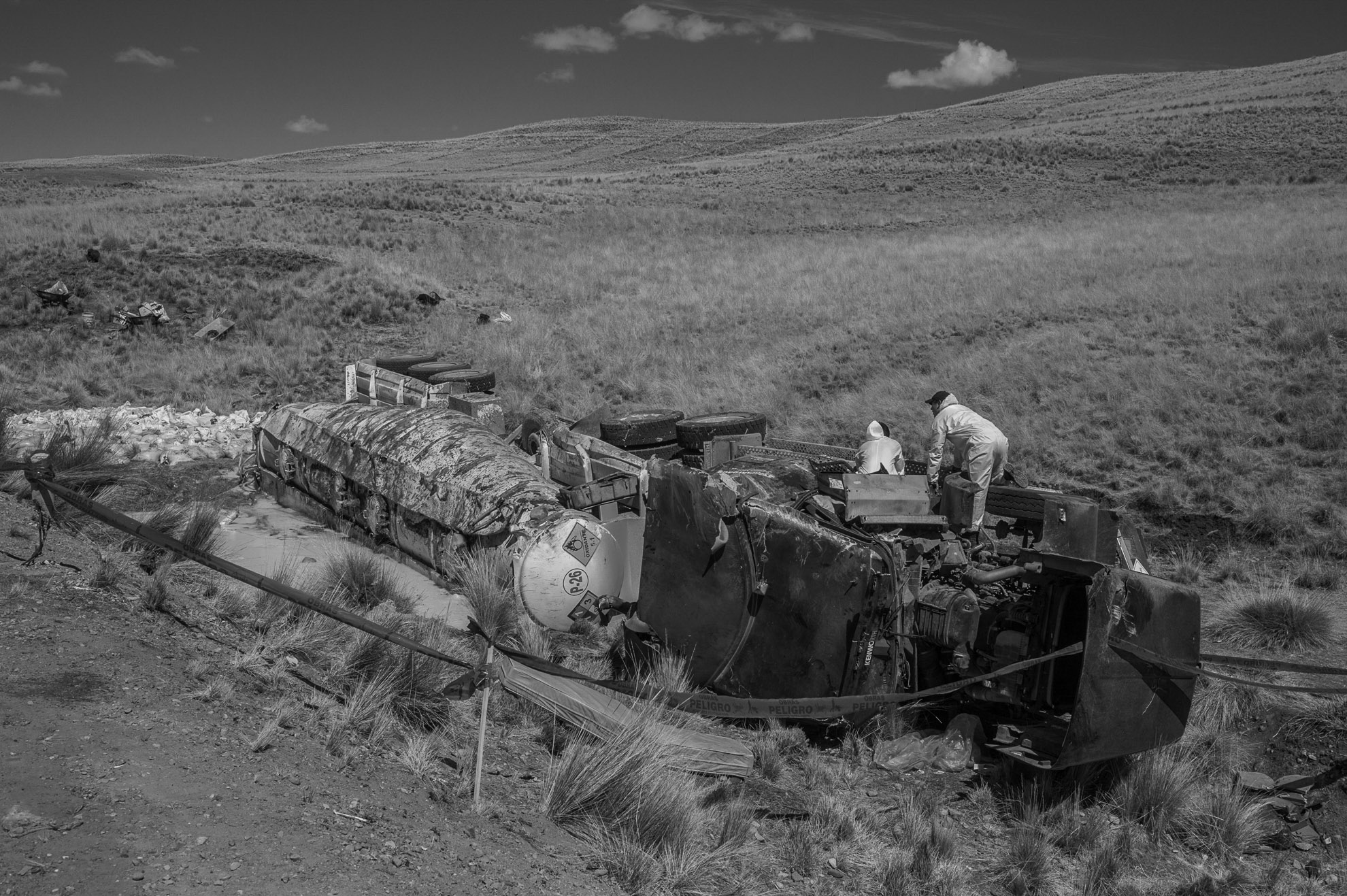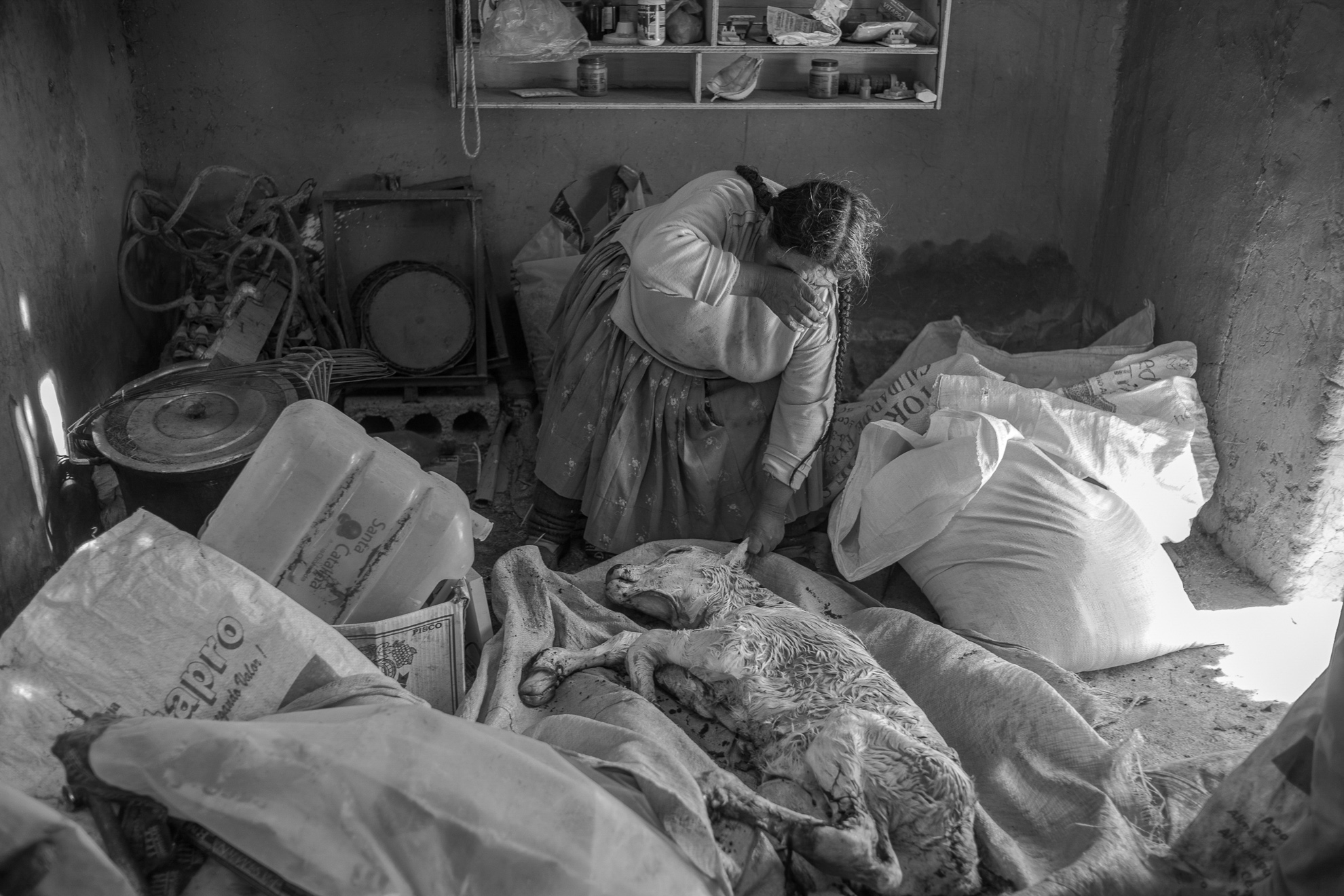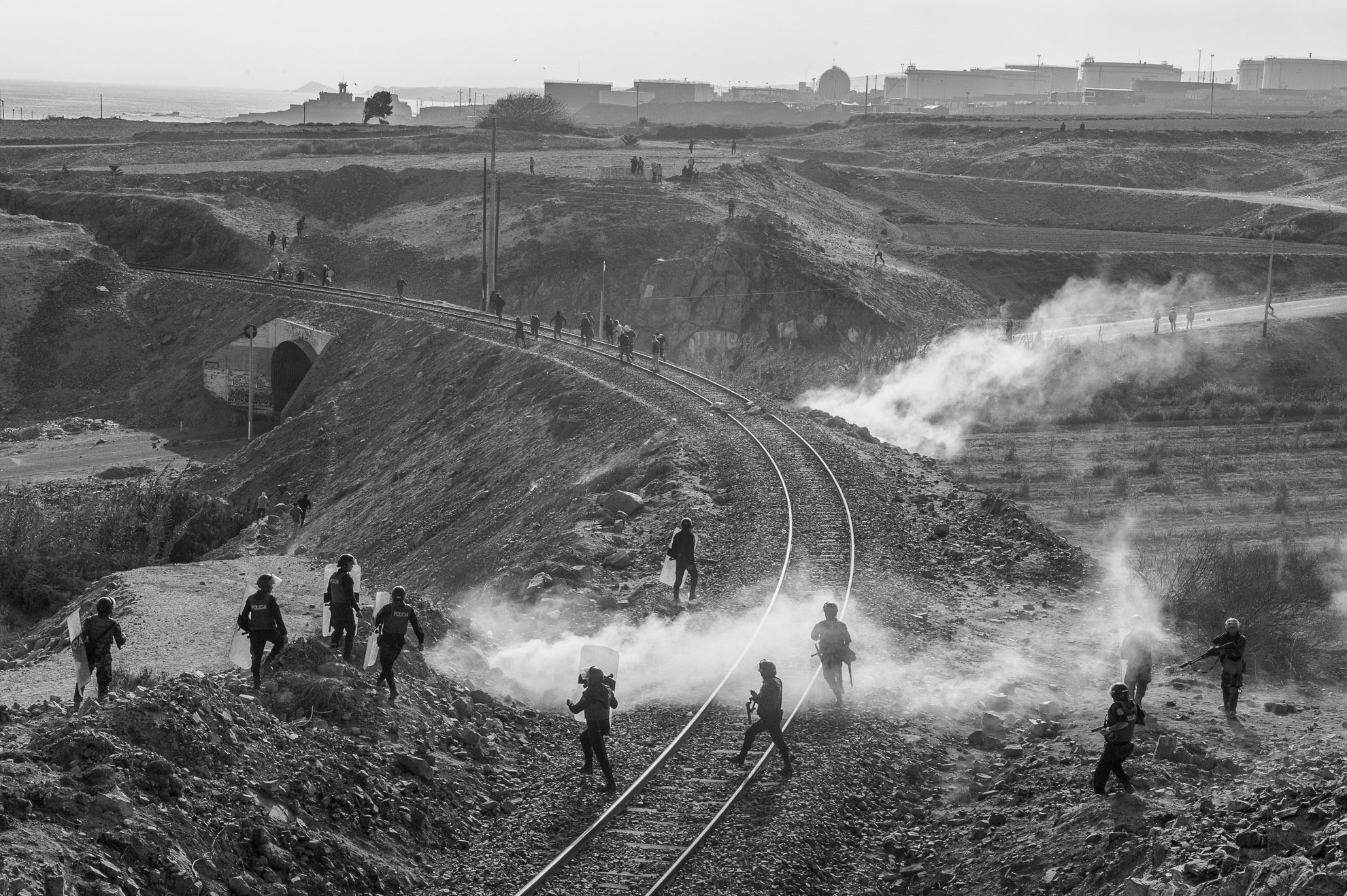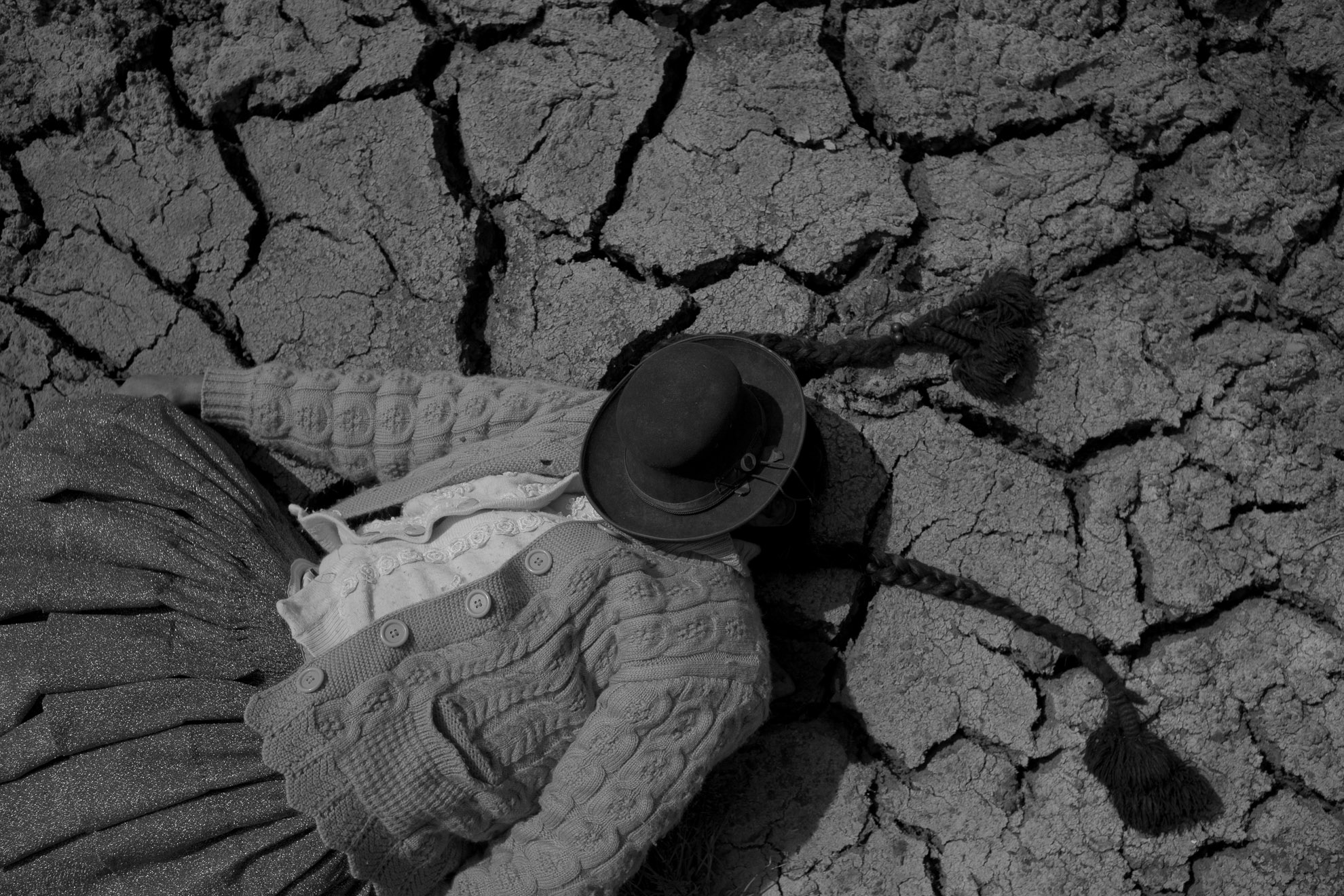Presentation
Peru is the leading producer of gold, silver, and lead in Latin America and the 2nd of copper globally. Mining is the driving force of its economy, which has been growing since the 2000s. In 2019 mining accounted for 60% of exports and 9% of GDP, more than twice the amount of income from tourism. However, there is a dark side: millions of people-mostly native populations living in small communities are forced to share their land, air, and water with the mining sites that are growing along with the Andes Mountain range. And as a result, they have seen the environment and their living conditions deteriorate considerably over the past 20 years.
This Project is a journey of 5 years covering 20,000 km and 24 mining communities, showing the impact of a government that violates the rights of indigenous people in the name of profit. Photographed along the “corredor minero” this project shows the social, health, and environmental consequences of living near these mines. And, due to corruption in the local governments, the indigenous communities receive no benefits from the mining profits and continue to live in poverty.
Mining also plunders water in large quantities for extraction, creating arid fields and causing the death of livestock. Agriculture and farming, which were the main sources of survival, can no longer sustain these Andean communities. The little water that remains is contaminated by a high presence of heavy metals, as is reflected in the blood of the population, causing health issues like anemia, respiratory and cardiovascular illnesses, cancer, and congenital malformations that local clinics are unable to handle. The lands are devastated by huge excavations, new infrastructures, and toxic waste deposits.
Peru, a Toxic State, is an example of the damage caused by neocolonialism in South America when the neoliberal policies do not even stop the violation of human rights. And the cultural identity of people who worship Pacha Mama, Mother Earth, is devastated by these effects.
Biography
Alessandro Cinque is a photojournalist based in Lima. His work delves into mining’s devastating impact on indigenous and their lands. Alessandro has been documenting environmental contamination and public health concerns among the communities of peasants living along Peru’s mining corridor.
In 2017, working in the Sacred Valley of the Incas, he met a 53yo woman who told him that she got cancer because the water in her village was highly contaminated. Since then, Alessandro has committed to photographing the effects of the pollution that permeates the crops, livestock, and homes of the people residing near mining sites.
Alessandro’s attention to social and environmental issues affecting minorities has often driven his work. In 2017, he documented gold mining in Senegal and Kolbars smuggling goods at the border between Iraq and Iran. In 2019, while studying at the ICP in New York, he portrayed Williamsburg’s Italo-American community and traveled to Arizona to photograph the abandoned uranium mines in the Navajo territories. His photos were published in the New York Times, NYT Lens Blog, NatGeo, MarieClaire, Libèration, L’Espresso.
In 2019, his work on Peru won POYi’s Issue Reporting Picture Story first place. In December 2019, Alessandro moved to Lima to become more acquainted with Peru’s culture and society. He began contributing to Reuters’ coverage of Latin America while expanding his project on the impact of Peru’s mining industry on Quechua populations.
